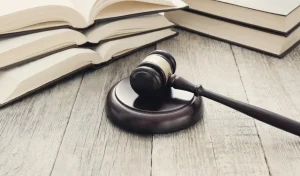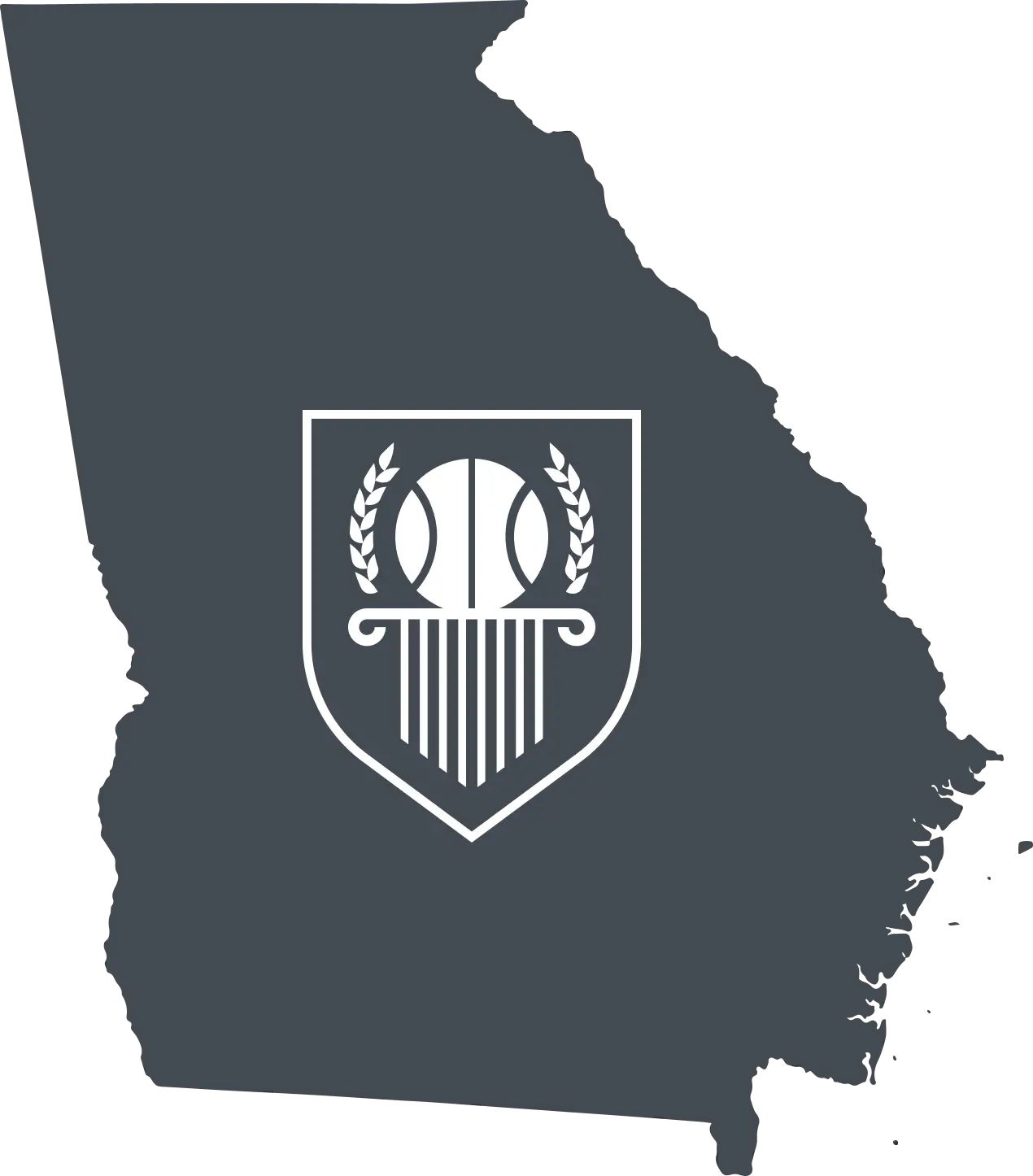
You’re waiting at a red light as it turns green. You’re crossing through the intersection when an oncoming vehicle slams into your passenger side door. The force of the crash causes you to shatter your hip and smash your head against the driver-side window.
You’ve just been in a t-bone accident, but who was at fault?
The reality is, t-bone accidents are devastating for all involved and can be especially harmful to the people who are on the impact side of the collision. A t-bone accident—or broadside collision—occurs when two vehicles crash in perpendicular directions, and if you’ve experienced one, you know just how destructive they can be.
At Slam Dunk Attorney, our Duluth car accident lawyers can help you determine who to hold responsible for your accident and fight to get you the compensation you deserve.
Call today to schedule your free consultation.
Who is Liable for a T-Bone Accident in Duluth?
When determining fault for a t-bone accident, people assume that the driver who struck the other vehicle would be responsible. This may be true in some accidents, but all cases are different, and both drivers could be held liable.
For example, Driver A is waiting at a yellow flashing arrow to make a left turn. They see a break in traffic, so they start to turn left. However, they misjudge how fast Driver B, coming from the opposite direction, is driving. Without time to stop, Driver B strikes Driver A, resulting in a broadside collision. In this scenario, Driver A was supposed to yield to traffic, so they’re at fault for the accident.
Some other factors could affect who’s liable for a t-bone collision, such as part malfunctions. Imagine that Driver A is headed toward an intersection. They notice the traffic light turning yellow, so they start to brake. Suddenly, their brakes go out, and they can’t stop. At the same time, Driver B passes through the intersection as their light turns green. And by no fault of their own, Driver A strikes Driver B. In this situation, the car manufacturer could be liable for the accident.
Each situation is different, which is why you need a reliable car accident lawyer to make sure you aren’t wrongfully accused of causing the crash.
Proudly Serving Duluth and All of Georgia Contact us to start your recovery! Explore Our Practice Areas

How To Prove Fault in a T-Bone Accident
There are various ways to prove fault in a t-bone accident. The investigation starts with the police when they arrive at the accident scene. They’ll create an accident report with details concerning the crash. They might interview the involved drivers and any witnesses.
Insurance adjusters from both driver’s insurance companies will also conduct an investigation. They might look at vehicle debris or skid marks on the road to determine what happened. Keep in mind that in many cases, the insurance adjuster will attempt to avoid paying a claim by pinning fault on the other driver.
On the other hand, a lawyer can prove fault by determining whether either driver acted negligently, causing the accident. Each driver has the duty to follow Georgia traffic regulations, so if there’s evidence of them breaking the law or acting carelessly, that can be used as proof of fault.
If you’ve been injured in a t-bone collision, hiring a car accident attorney is in your best interest. An attorney will compile evidence to prove that the other driver was at fault for the incident and protect against false allegations of negligence.
Get Help From a Car Accident Lawyer Today
T-bone accidents are devastating for everyone involved, but the true victims are the ones who get struck.
At Slam Dunk Attorney, we handle all car accident cases with extreme care. Our goal is to provide justice for our clients. We understand that money can’t give back what you lost in an accident. However, you deserve fair compensation to cover your damages.
If you’re a victim of a t-bone accident in Duluth, call Slam Dunk Attorney today. We’ll protect your rights and ensure that the at-fault party is held accountable for their actions.
Call us today so we can discuss your legal options.
Call or text 404-951-3513 or complete a Free Case Evaluation form










